Currently, the water level in Ha Tinh's dams is only at an average of 50 to 60% of the designed capacity. To ensure irrigation water for production, irrigation companies and localities are balancing water sources and regulating them appropriately.
The water level at Mung dam (Dien My commune, Huong Khe) has dropped.
Worry about the end of the channel, high pressure
In Huong Khe district, since April, rainfall has been limited, so the water level of dams has dropped, and there is a risk of local water shortage for summer-autumn crop production.
According to Mr. Phan Ky - Vice Chairman of Huong Khe District People's Committee, for lakes and dams managed by Nam Ha Tinh Irrigation Company Limited, the remaining capacity is about 60 - 70% compared to the design; the reservoirs and dams managed by the locality are still at 40 - 60%.
In particular, some lakes and dams such as Con Song and Con Soi reservoirs have not reached their designed water levels, and there is a risk of water shortage for production in the coming time. Communes downstream of Khe Tay canal such as Huong Giang and Loc Yen communes; and communes downstream of Song Tiem canal such as Huong Long, Huong Binh, and Hoa Hai communes are in the drought warning zone.
Nam Ha Tinh Irrigation Company Limited is managing 33 irrigation works serving irrigation for more than 20,000 hectares of summer-autumn rice in the localities (Ky Anh district, Ha Tinh city, Thach Ha, Cam Xuyen, Huong Khe). Balancing the company's water resources, the system of lakes and dams is still basically meeting enough irrigation for summer-autumn crop production.
Ke Go Lake is providing irrigation for more than 13,000 hectares/crop in Cam Xuyen, Thach Ha districts and Ha Tinh city.
However, according to Mr. Dang Hoa Binh - Head of Technical Management Department of Nam Ha Tinh Irrigation Company Limited, if the drought continues continuously with high temperatures like now, it is forecasted that some small lakes and dams such as Mung Dam, Khe Tay Dam, Song Tiem Dam (Huong Khe), Moc Huong Dam, Nuoc Xanh Lake (Ky Anh District) ... will fall into a state of water shortage. Along with that, the large amount of evaporation will force the irrigation company to extend irrigation hours, and the progress of water supply to localities will also be affected to some extent.
Head of the Irrigation Sub-Department (Department of Agriculture and Rural Development) Tran Duc Thinh said: “In adverse weather conditions, prolonged heat, low rainfall, there is a risk that about 1,000 hectares of summer-autumn rice will lack water. The areas lacking water are mainly concentrated at the end of the canal, the high areas of the dams of Song Tiem, Khe Tay, Moc Huong, Dong Ho lake and some local pumping stations such as: Kim Hoa commune (Huong Son) takes water from Hoi Nam; Ky Khang, Ky Phu communes take water from Nha Le river (Ky Anh district); communes take water from Quen river (Cam Xuyen)...”
Not only is drought a threat, the risk of early salinity intrusion is also lurking. It is forecasted that this year, the tide will be low, and salinity may reach Duc Xa sluice (Duc Tho), about 8 km from Trung Luong sluice, so it is difficult to take water from La River to Nghen River to provide irrigation water and fight drought. Relevant units are regularly monitoring the salinity level to find a solution.
According to information from the Ha Tinh Hydrometeorological Station, due to the influence of the El Nino phenomenon, 2023 will be one of the hottest years on record. This will also cause a shortage of rainfall in the whole province, commonly from 25 - 50%. It is forecasted that in July, the heat will continue to occur, low rainfall will cause not only the water reserves of lakes, dams, surface flows of rivers and streams but also groundwater to decrease rapidly. |
Localities have begun to get water to irrigate the summer-autumn rice crop.
Flexible irrigation water regulation to combat drought
Faced with the above situation, irrigation companies have coordinated with local authorities to proactively develop drought prevention plans for each system, while at the same time operating, regulating, and distributing water use reasonably and economically.
Mr. Ho Thanh Hai - Deputy Head of Planning Department (North Ha Tinh Irrigation Company Limited) said: “The company has started the second round of irrigation for the summer-autumn crop from June 13 with a flow rate of 20 - 25 m3 /s; prioritizing irrigation of remote and high areas first; organizing water pressure to communes at the end of the canal to ensure production. The unit also proactively takes measures such as: for the irrigation area of the Nghen River basin, the water source of Ngan Truoi Lake will be balanced to operate and discharge water reasonably to ensure supply for the area belonging to the Linh Cam system, creating a source of drought resistance for the Nghen River area.
In case of severe drought and high salinity intrusion, Trung Luong and Duc Xa sluice gates must be closed to implement the plan to discharge water from Ngan Truoi Lake into Linh Cam canal to create a source for Nghen River through sluices on Linh Cam main canal, San Dam spillway of the Middle Canal system, and discharge water into drainage axes such as drainage axes 21, Cho Giay, canal 19/5...”.
The working group of the Department of Agriculture and Rural Development inspected the water supply situation and implemented drought prevention measures in localities.
As for the Huong Khe irrigation area, Nam Ha Tinh Irrigation One Member Co., Ltd. and the locality will connect the irrigation systems of the reservoirs: Da Bac, Da Han, and Dap Ho to the Tiem River irrigation system; the irrigation systems of Nuoc Do and Cha Cham lakes to the Khe Tay dam irrigation system; dredge sediment in front of the Tiem River dam and plan to purchase pumps to pump dead water from some reservoirs when necessary to combat drought...
The industry has organized a delegation to inspect the water supply situation for production and daily life in localities; advised the Provincial People's Committee to issue a telegram to thoroughly inform localities, related departments, branches, and irrigation management companies to focus on implementing drought prevention solutions.
In particular, prioritizing solutions such as: reviewing the area and balancing appropriate water sources, converting crop structures in areas with difficult water sources; proactively arranging local budgets to implement urgent solutions to prevent and combat drought and saltwater intrusion; dredging and solidifying canals, repairing and renovating water intake gates, irrigation pumping stations, ponds and wells; clearing water flows, building temporary dams to retain water, installing water intake equipment to proactively operate, ensuring adequate conditions for clear water supply; arranging permanent human resources to regulate water appropriately...
Deputy Director of Department of Agriculture and Rural Development Pham Dang Nhat
Thai Oanh
Source


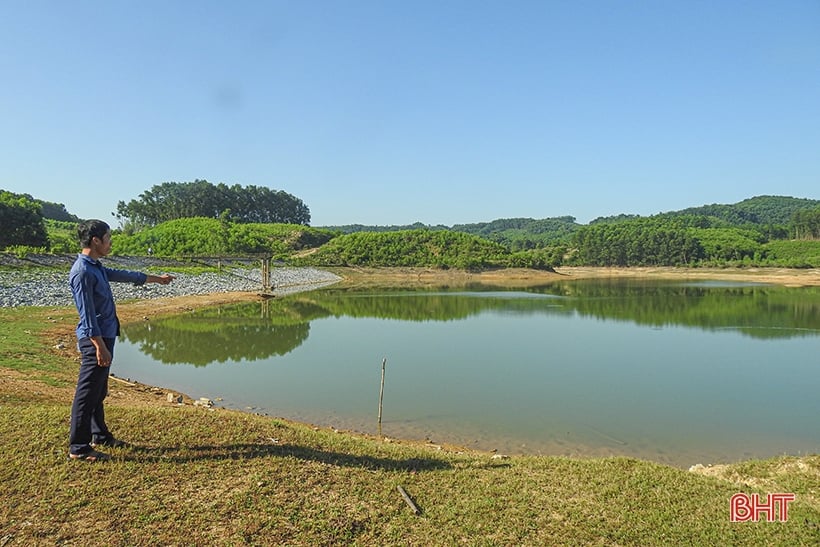
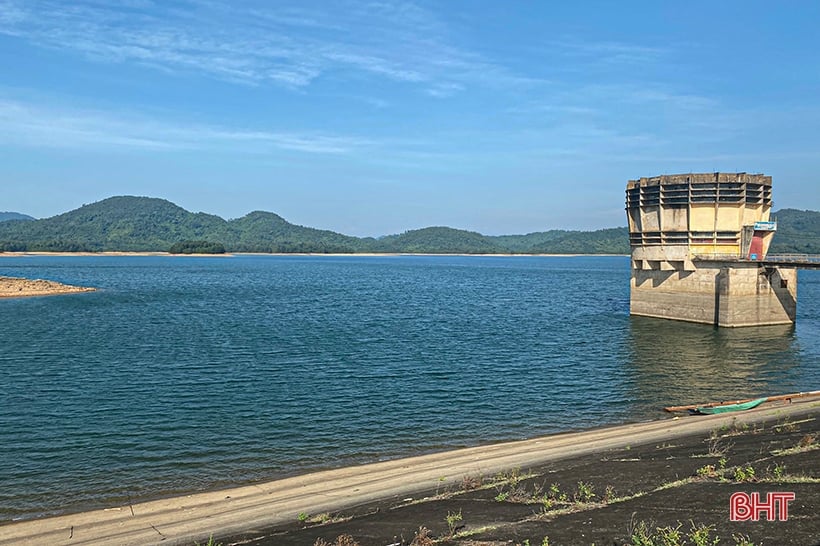
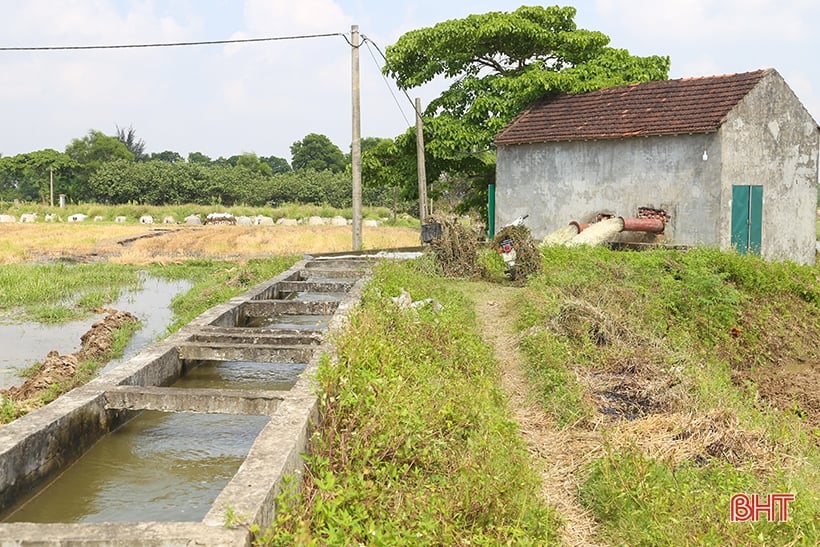
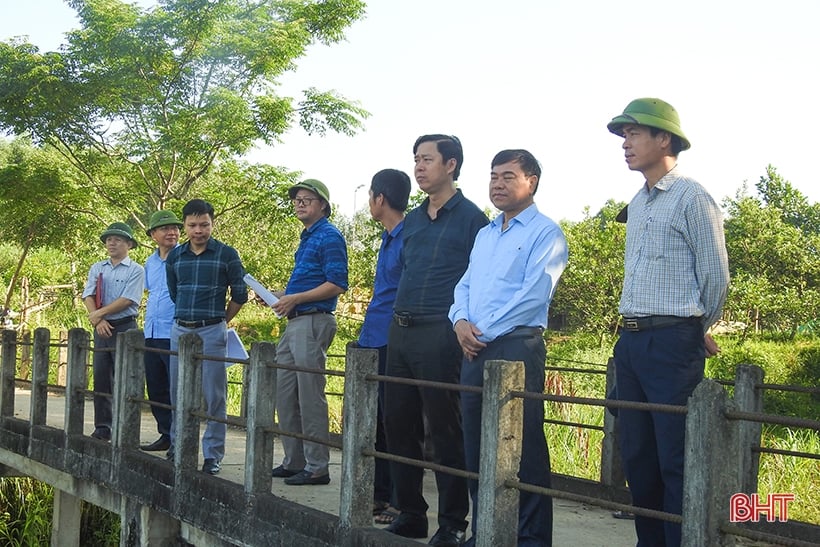


![[Photo] Looking back at the impressive moments of the Vietnamese rescue team in Myanmar](https://vstatic.vietnam.vn/vietnam/resource/IMAGE/2025/4/11/5623ca902a934e19b604c718265249d0)

![[Photo] "Beauties" participate in the parade rehearsal at Bien Hoa airport](https://vstatic.vietnam.vn/vietnam/resource/IMAGE/2025/4/11/155502af3384431e918de0e2e585d13a)

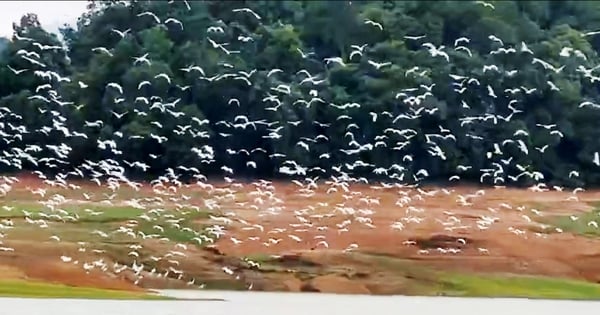

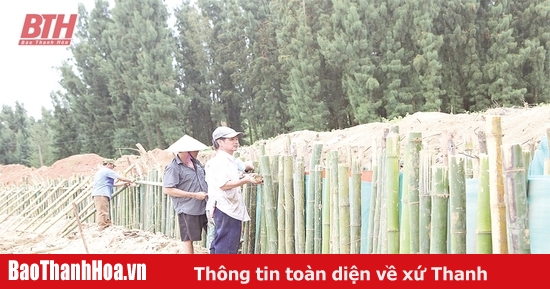

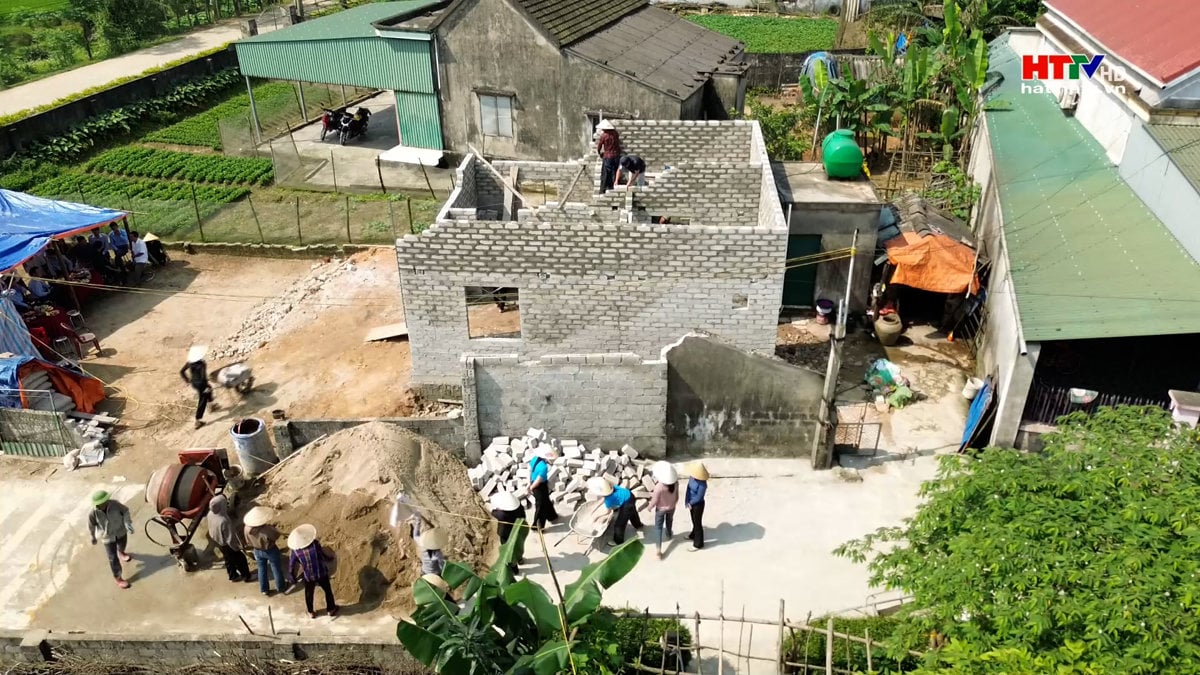

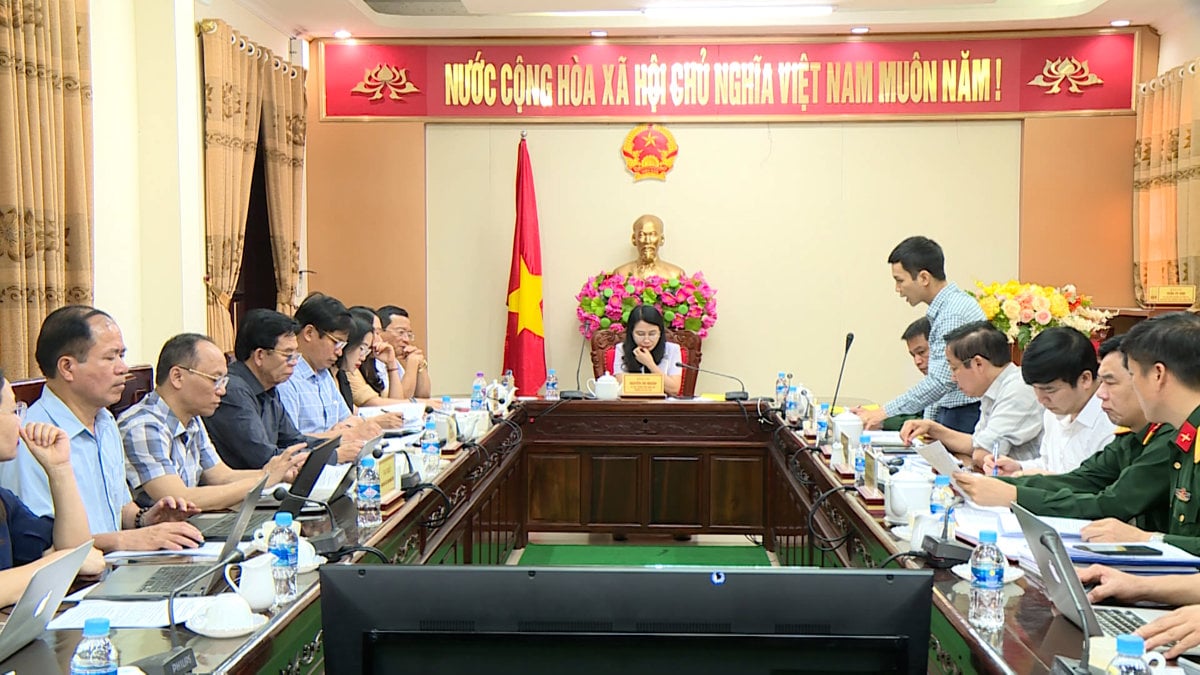

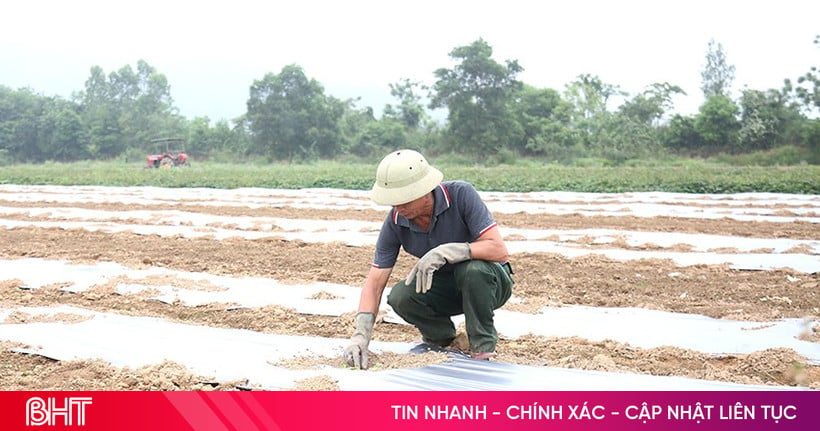
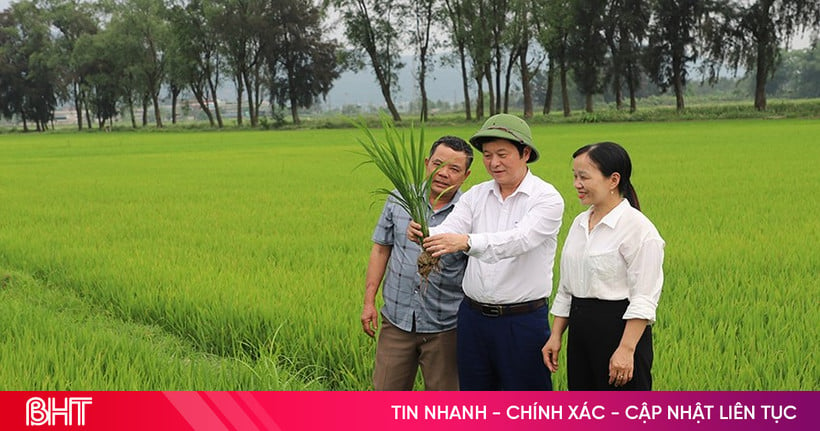


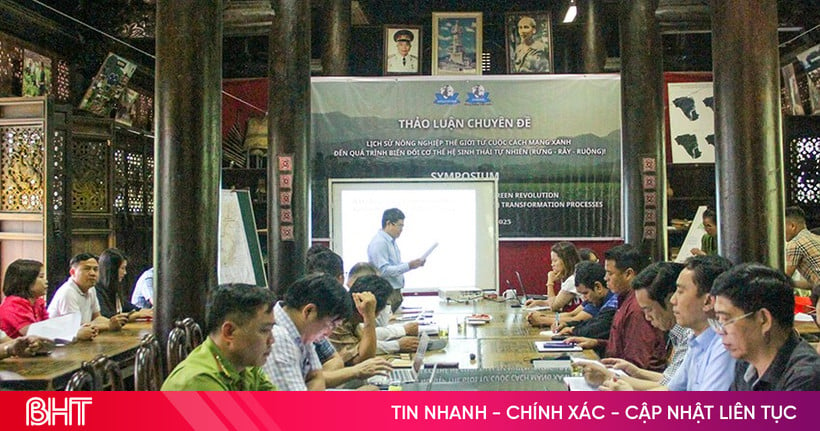
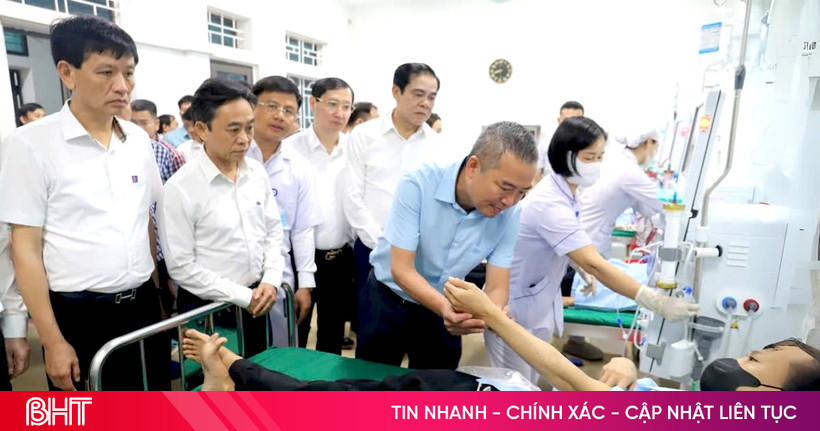

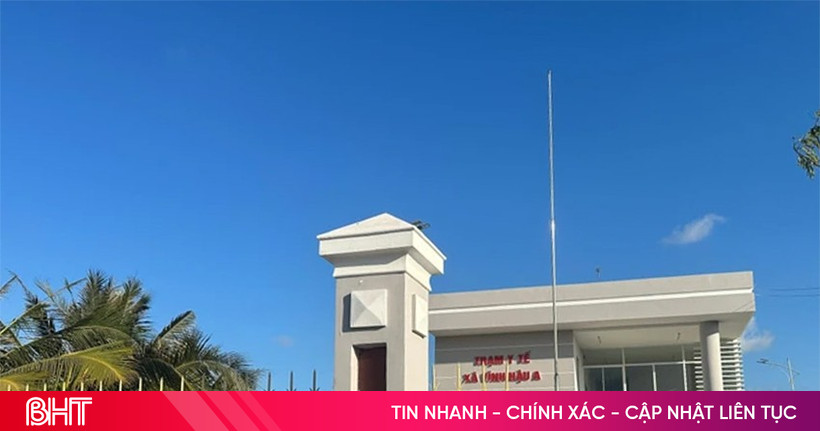

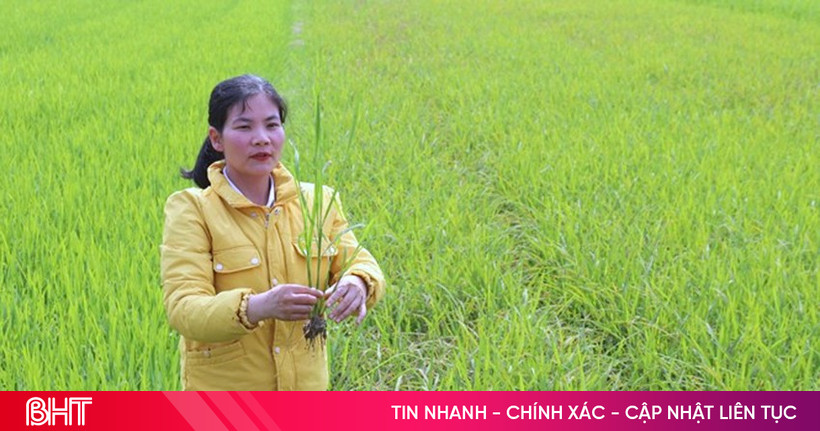

![[Photo] Summary of parade practice in preparation for the April 30th celebration](https://vstatic.vietnam.vn/vietnam/resource/IMAGE/2025/4/11/78cfee0f2cc045b387ff1a4362b5950f)






































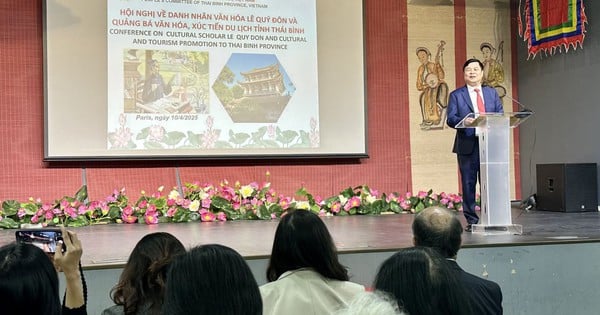
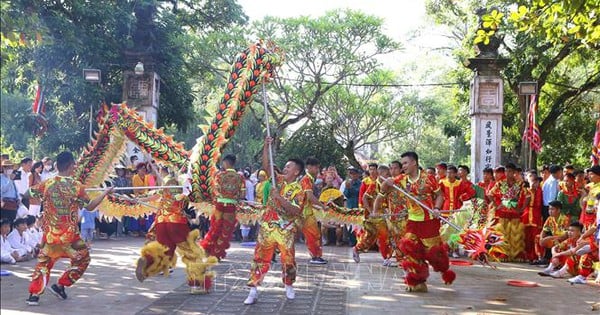
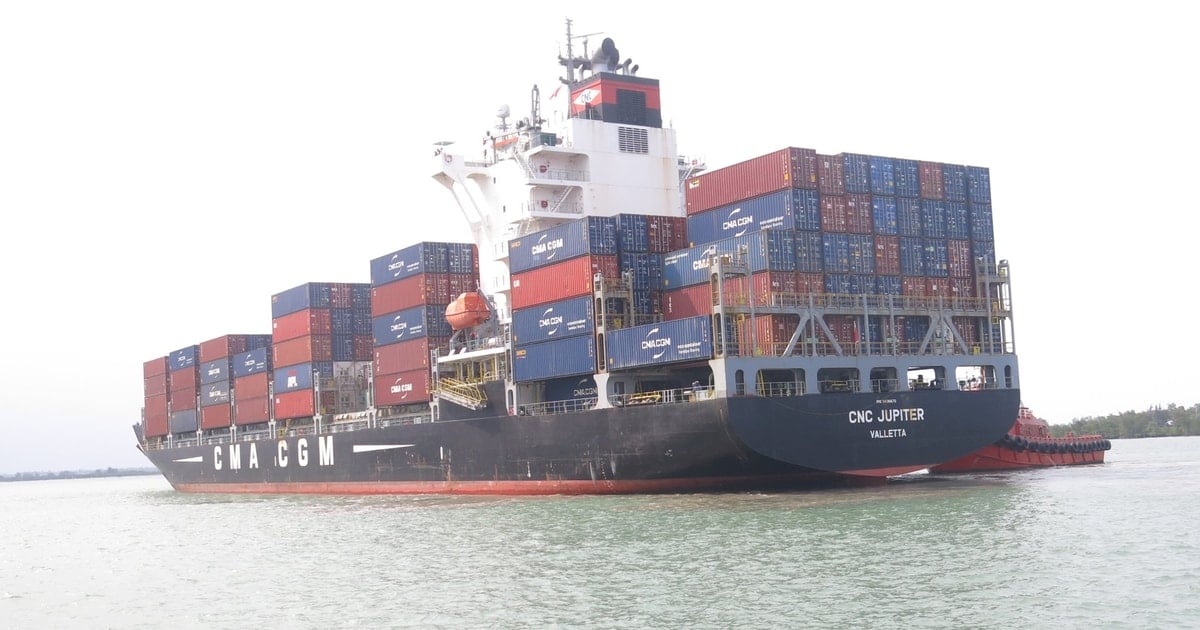





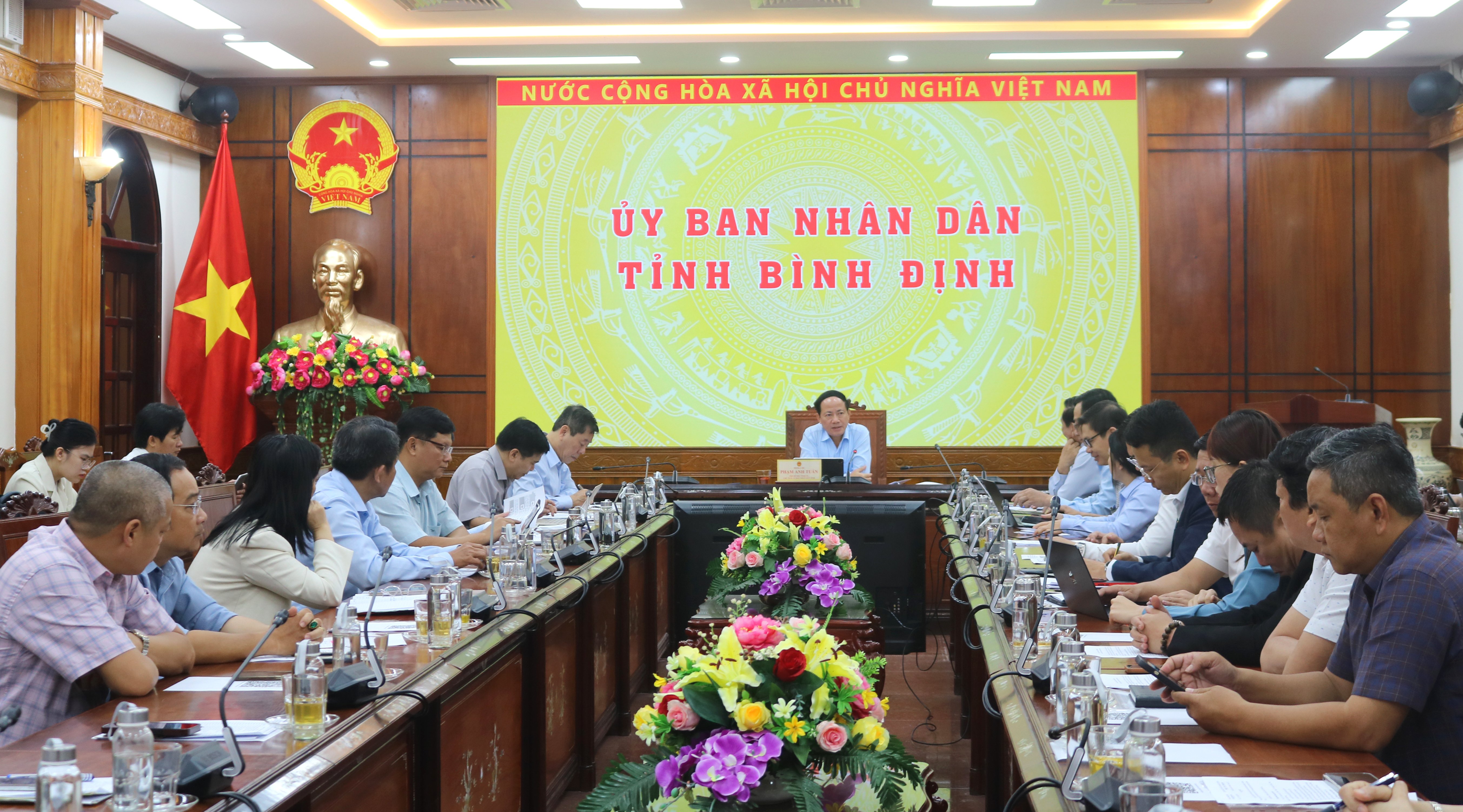


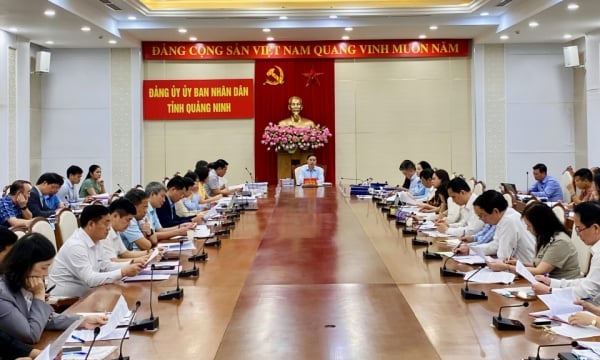











Comment (0)